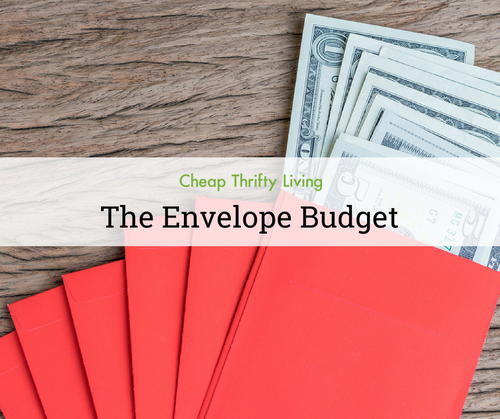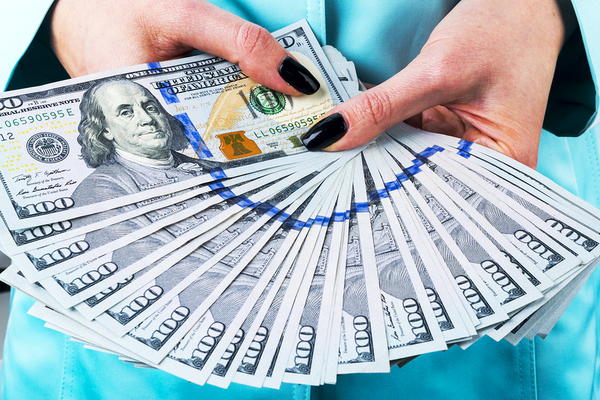The Envelope Budget: Budgeting for Beginners
Categorize your expenses so you won't overspend with this budgeting solution!

With modern payment methods, it can be hard to visualize how much money you are spending. Envelope budgeting uses cash and categories to show you your monthly monetary outflow. This beginner budgeting method makes you realize the amount of your spending when you have a finite resource like cash instead of an unclear currency like a debit card.
By categorizing your spending and limiting the amount of cash assigned to each section, you will limit impulse purchases and unchecked spending habits. You won’t have to worry about overspending because if you don’t have the requisite cash on hand, you can’t make the purchase. This budget is for those who have trouble limiting their spending and can adhere to the hard rules set for them.
Budget Big Idea
This budget method is all about the cash. Divvy your money into envelopes based on spending categories and only use the cash in an envelope for its express purpose.
How to Start an Envelope Budget
Before You Can Budget, you should always have a foundational understanding of your current financial state. Track your spending for a minimum of one month and break your expenses into spending categories. Categories can be as broad or as narrow as you see fit. For example, you could have an “Entertainment” section that covers a broad range of activities, but if going to the movie theater is an important activity to you, you could have a specific “Movie” category.
- Figure out how much you currently spend in each category and then think about your ideal monthly expenses.
- Set a reasonable goal for each category that gets you closer to your ideal expense. Your goal amount will become your monthly budget, so make sure it is attainable.
- At the beginning of every month, put an amount of cash equal to your goal into a separate, labeled envelope for each spending category. You know have your monthly allowance to spend at your discretion in (and only in) the specified expense.
Remember: It's important to not cheat at your budget. If you run out of money, do not “borrow” from another category. Unless it’s a necessity, do not spend more than your monthly allowance. At the end of the month, see how much cash you have remaining (or how quickly an envelope was depleted) in each category and adjust your budget accordingly. You can move extra cash into your savings account or keep it in the envelope for next month’s expenses.

Category Suggestions
If you don't know how to organize your expenses, here are a few category recommendations to get you started.
- Groceries
- Dining Out
- Transportation
- Beauty
- Clothing
- Home Needs
- Entertainment
- Miscellaneous Expenses
Why Envelope Budgeting Works
It’s much easier to track cash spending than other payment types. If you have a physical notion of your money, it is easier to avoid spontaneous purchases. It also shows categorical spending so you can limit trouble trips to the mall or restaurants.
Cashless Alternative
You can also practice this budget without physical spending, but you have to be more intentional about how you spend and track your money. Write down every purchase like you spent cash, and don’t go over budget with a superfluous expense. This will ensure purchases from Amazon and subscriptions like Netflix are incorporated into your budget.
Envelope Template
While any envelope will work, we've created a printable envelope template that is perfect for budgeting and will conveniently fit in your purse! You can print this template on colored paper to coordinate your categories, so you won't have to flip through your envelopes while you are standing in line at the store. There are also lines on the front that you can use to write down your expenses, so you will remember where your money went at the end of the month.
How do you keep track of your spending?
